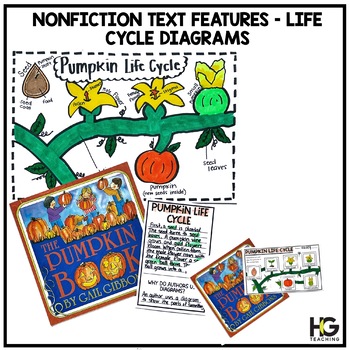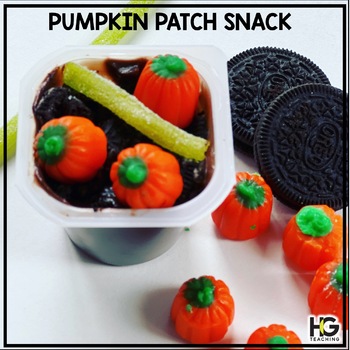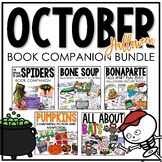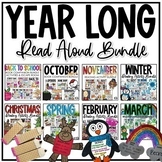PUMPKINS Comparing Fiction and Nonfiction | Halloween Reading Activities
- PDF
Also included in
- These book companion activities are perfect for the month of October and the Halloween season! Each read aloud focuses on a reading strategy or skill and includes lesson plans, crafts, creative snacks with writing activities, informative writing, opinion writing, bulletin board ideas, vocabulary actPrice $23.60Original Price $29.50Save $5.90
- Get your students excited about reading with these seasonal reading comprehension activities and language arts escape rooms! This bundle includes read aloud activities for the back to school season to the end of the school year. Each book companion includes interactive reading and writing activitiesPrice $194.50Original Price $304.50Save $110.00
Description
Are you headed to the pumpkin patch? Or you just want to incorporate some science and reading FUN into your classroom this fall season? This mini pumpkin unit is perfect for reviewing fiction and nonfiction reading strategies and comparing fiction and nonfiction. The unit begins with a review of elements of nonfiction. Students read The Pumpkin Book by Gail Gibbons as they look for nonfiction text features. Discussion questions are included! After reading, students make their own diagram of the pumpkin life cycle. Elements of fiction are reviewed with an anchor chart before reading Too Many Pumpkins by Linda White. A read aloud questioning guide is included with this story as well! After reading, students solve a story elements puzzle, learn that characters are affected by story events, and complete a story map.
Now that students have learned to change their reading strategies while reading fiction and nonfiction and have reviewed the elements of both fiction and nonfiction, they compare both stories using a pumpkin Venn diagram that is perfect for your bulletin board.
Last, students make a pumpkin patch treat using chocolate pudding, crushed Oreos, and mini pumpkins. An informational “how-to” writing piece and a fictional “pumpkin patch story” is included. This unit also includes a few extra options including grammar puzzles, grammar pumpkin color by code, and If I were a pumpkin writing activity!
Included in this unit:
- Notes to the Teacher
- Lesson Plans Overview
- Too Many Pumpkins / The Pumpkin Book Read Aloud Links
- Activity #1 – Anchor Chart Elements of Non-Fiction/Informational Texts
- Activity #2 – “The Pumpkin Book” Read Aloud and Discussion Questions
- Activity #3 – Life Cycle of a Pumpkin Diagram Directed Drawing and Writing Activity
- Activity #4 – Anchor Chart Elements of Fiction/Literature
- Activity #5 – “Too Many Pumpkins” Read Aloud and Discussion Questions
- Activity #6 – Story Elements Puzzles and Story Map (two options)
- Activity #7 – Compare/Contrast Fiction vs. Non-Fiction
- Activity #8 – Pumpkin Dirt Cup Writing Choice
- Extra – Color by Code Grammar Mix Up
- Extra – If I Were A Pumpkin Writing
- Extra – Grammar Puzzles







